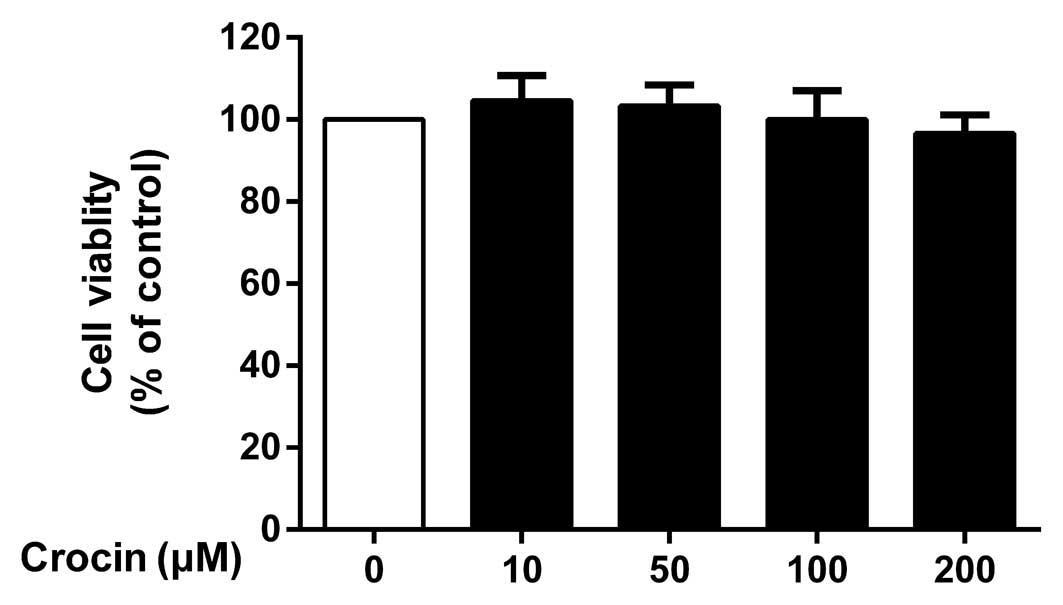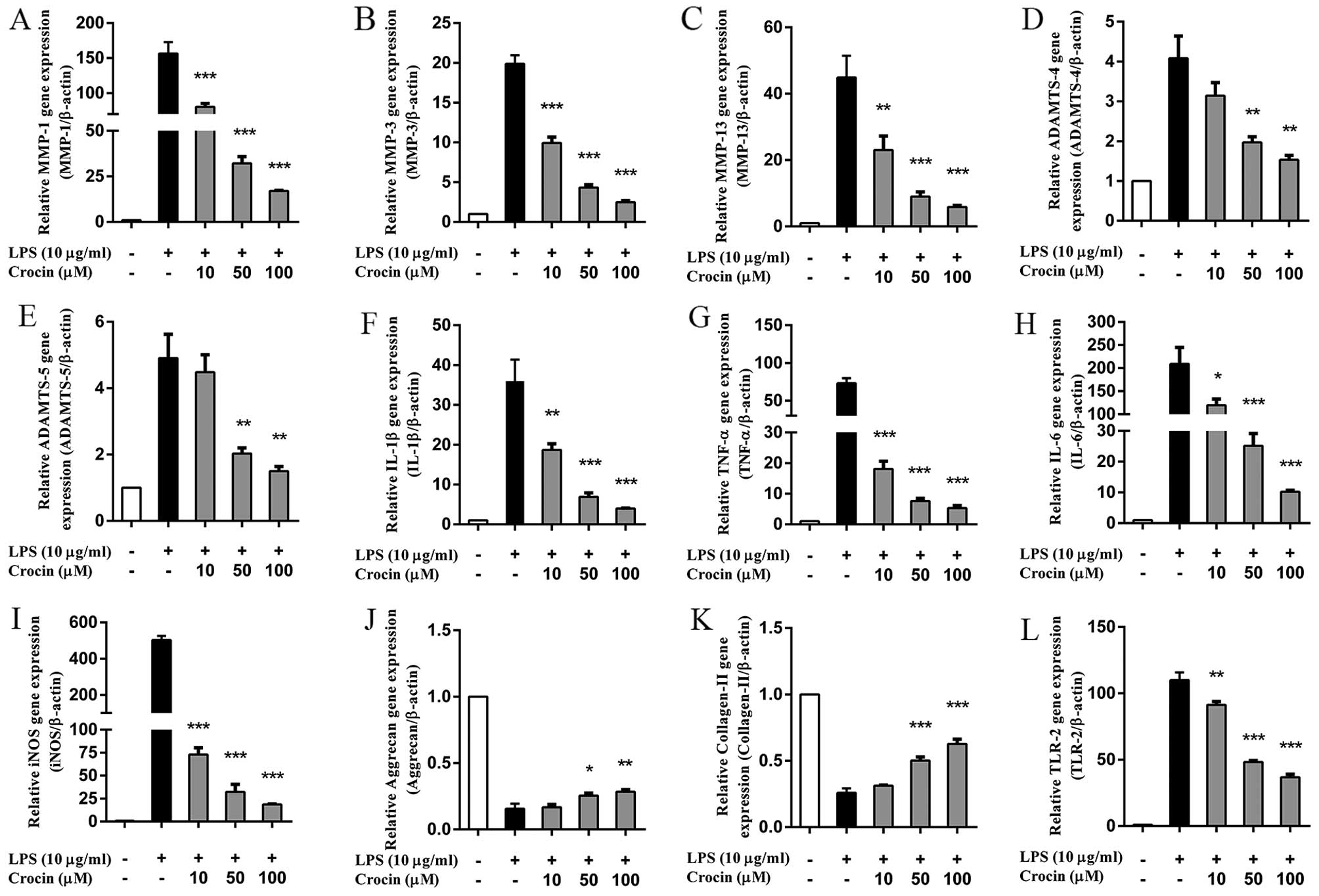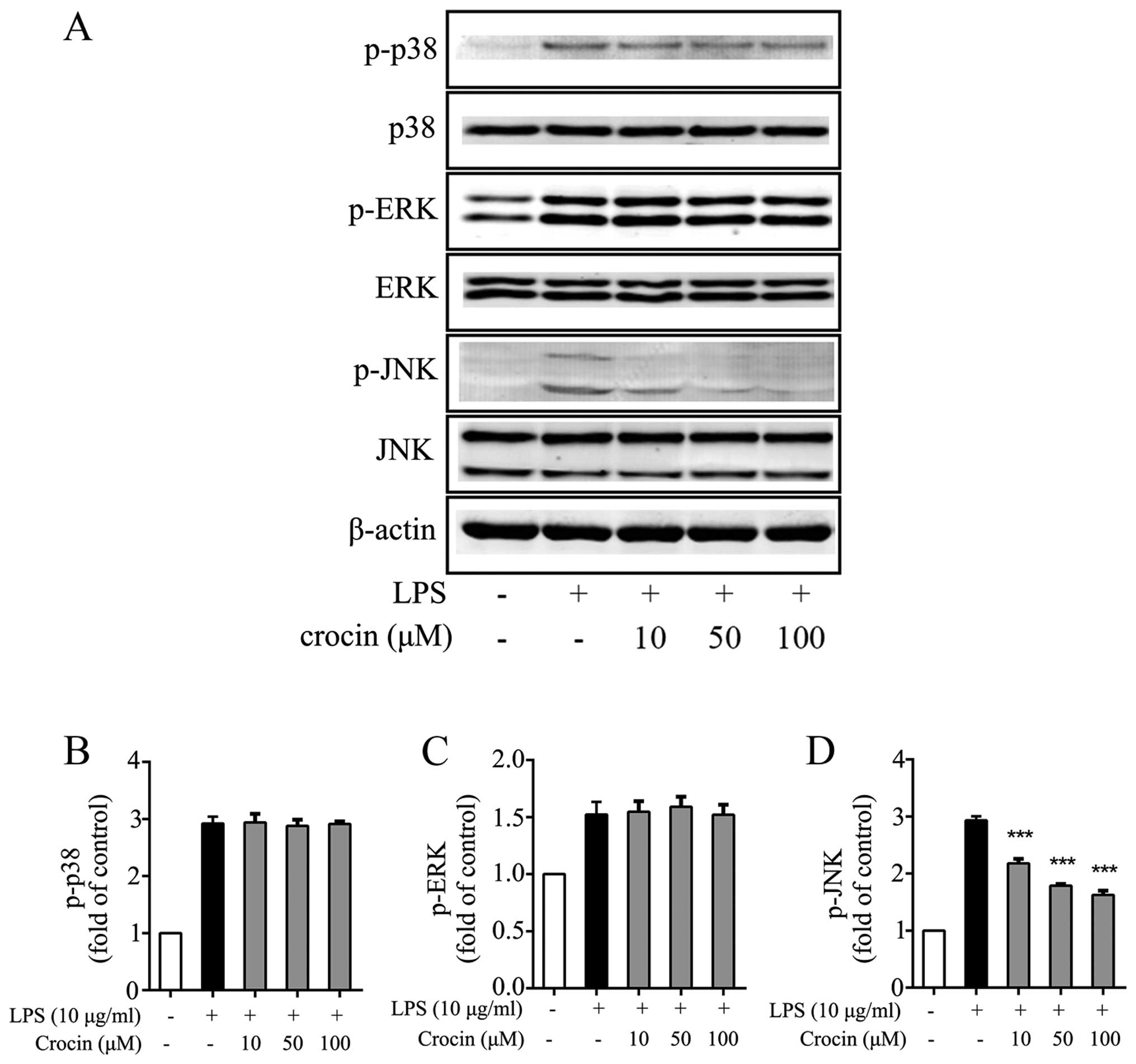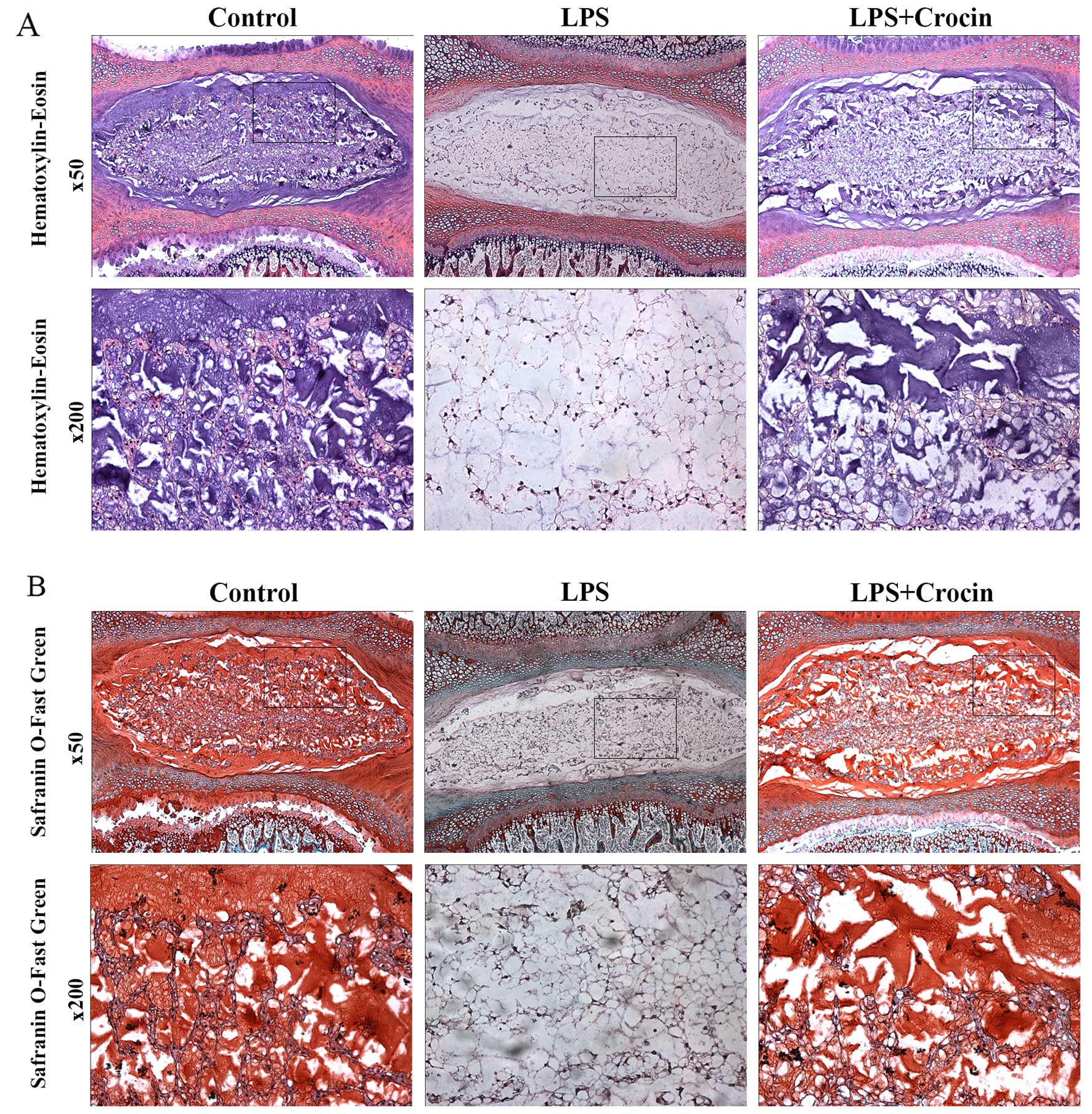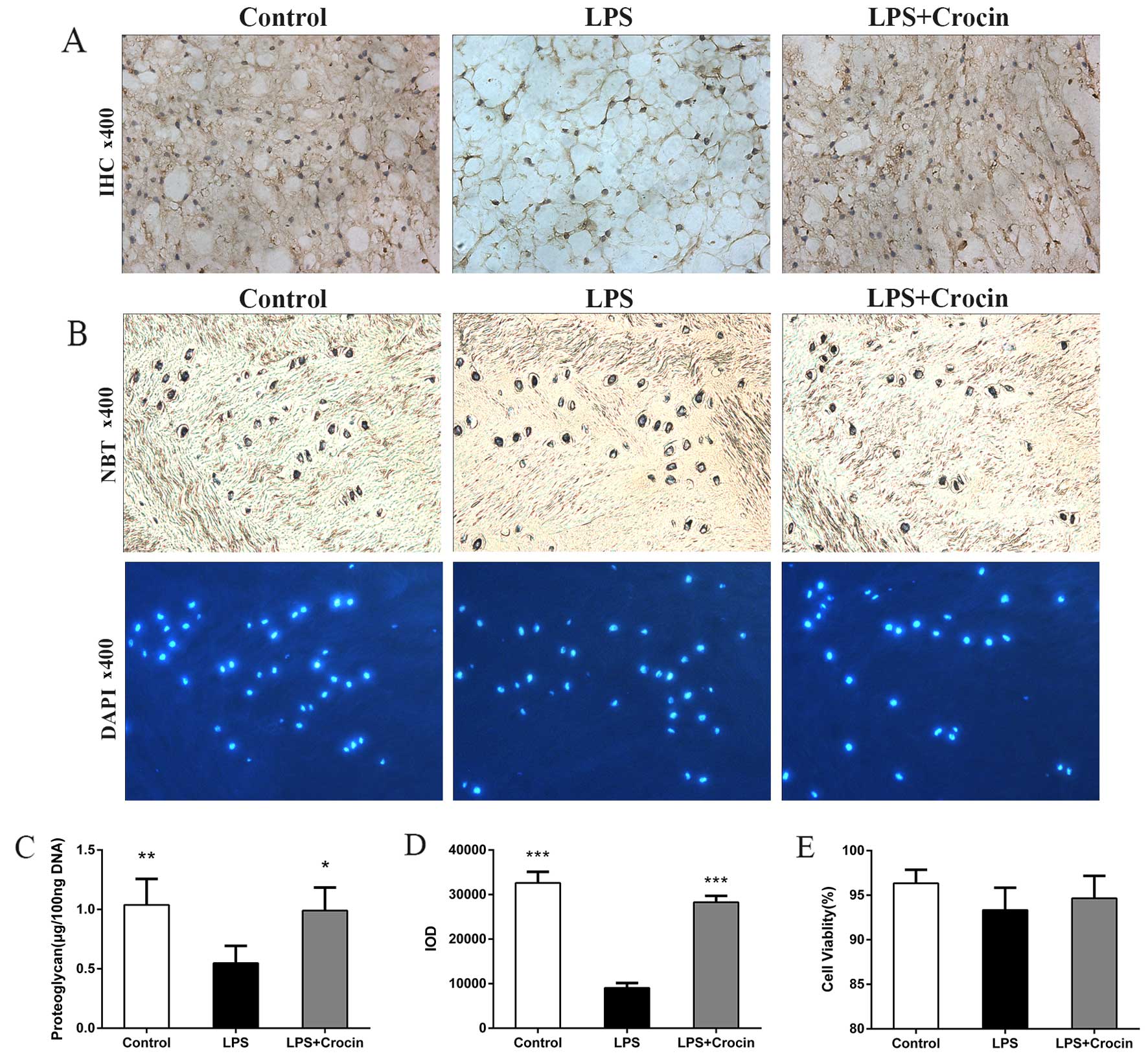|
1
|
Hart LG, Deyo RA and Cherkin DC: Physician
office visits for low back pain. Frequency, clinical evaluation,
and treatment patterns from a U.S. national survey. Spine.
20:11–19. 1995. View Article : Google Scholar : PubMed/NCBI
|
|
2
|
Katz JN: Lumbar disc disorders and
low-back pain: socioeconomic factors and consequences. J Bone Joint
Surg Am. 88(Suppl 2): 21–24. 2006. View Article : Google Scholar : PubMed/NCBI
|
|
3
|
Kuslich SD, Ulstrom CL and Michael CJ: The
tissue origin of low back pain and sciatica: a report of pain
response to tissue stimulation during operations on the lumbar
spine using local anesthesia. Orthop Clin North Am. 22:181–187.
1991.PubMed/NCBI
|
|
4
|
Schwarzer AC, Aprill CN, Derby R, Fortin
J, Kine G and Bogduk N: The relative contributions of the disc and
zygapophyseal joint in chronic low back pain. Spine. 19:801–806.
1994. View Article : Google Scholar : PubMed/NCBI
|
|
5
|
Nerlich AG, Schleicher ED and Boos N: 1997
Volvo Award winner in basic science studies. Immunohistologic
markers for age-related changes of human lumbar intervertebral
discs. Spine. 22:2781–2795. 1997. View Article : Google Scholar
|
|
6
|
Boos N, Weissbach S, Rohrbach H, Weiler C,
Spratt KF and Nerlich AG: Classification of age-related changes in
lumbar intervertebral discs: 2002 Volvo Award in basic science.
Spine. 27:2631–2644. 2002. View Article : Google Scholar : PubMed/NCBI
|
|
7
|
Bibby SR, Jones DA, Lee RB, Yu J and Urban
JPG: The pathophysiology of the intervertebral disc. Joint Bone
Spine. 68:537–542. 2001. View Article : Google Scholar
|
|
8
|
Urban JP and Roberts S: Degeneration of
the intervertebral disc. Arthritis Res Ther. 5:120–130. 2003.
View Article : Google Scholar : PubMed/NCBI
|
|
9
|
Roberts S, Evans H, Trivedi J and Menage
J: Histology and pathology of the human intervertebral disc. J Bone
Joint Surg Am. 88(Suppl 2): 10–14. 2006. View Article : Google Scholar : PubMed/NCBI
|
|
10
|
Le Maitre CL, Pockert A, Buttle DJ,
Freemont AJ and Hoyland JA: Matrix synthesis and degradation in
human intervertebral disc degeneration. Biochem Soc Trans.
35:652–655. 2007. View Article : Google Scholar : PubMed/NCBI
|
|
11
|
Zhao CQ, Wang LM, Jiang LS and Dai LY: The
cell biology of intervertebral disc aging and degeneration. Ageing
Res Rev. 6:247–261. 2007. View Article : Google Scholar : PubMed/NCBI
|
|
12
|
Bachmeier BE, Nerlich AG, Weiler C,
Paesold G, Jochum M and Boos N: Analysis of tissue distribution of
TNF-alpha, TNF-alpha-receptors, and the activating
TNF-alpha-converting enzyme suggests activation of the TNF-alpha
system in the aging intervertebral disc. Ann NY Acad Sci.
1096:44–54. 2007. View Article : Google Scholar : PubMed/NCBI
|
|
13
|
Shamji MF, Setton LA, Jarvis W, So S, Chen
J, Jing L, Bullock R, Isaacs RE, Brown C and Richardson WJ:
Proinflammatory cytokine expression profile in degenerated and
herniated human intervertebral disc tissues. Arthritis Rheum.
62:1974–1982. 2010.PubMed/NCBI
|
|
14
|
Weiler C, Nerlich AG, Bachmeier BE and
Boos N: Expression and distribution of tumor necrosis factor alpha
in human lumbar intervertebral discs: a study in surgical specimen
and autopsy controls. Spine. 30:44–53; discussion 54.
2005.PubMed/NCBI
|
|
15
|
Burke JG, Watson RW, McCormack D, Dowling
FE, Walsh MG and Fitzpatrick JM: Intervertebral discs which cause
low back pain secrete high levels of proinflammatory mediators. J
Bone Joint Surg Br. 84:196–201. 2002. View Article : Google Scholar : PubMed/NCBI
|
|
16
|
Liu MH, Sun JS, Tsai SW, Sheu SY and Chen
MH: Icariin protects murine chondrocytes from
lipopolysaccharide-induced inflammatory responses and extracellular
matrix degradation. Nutr Res. 30:57–65. 2010. View Article : Google Scholar : PubMed/NCBI
|
|
17
|
Kim KW, Chung HN, Ha KY, Lee JS and Kim
YY: Senescence mechanisms of nucleus pulposus chondrocytes in human
intervertebral discs. Spine J. 9:658–666. 2009. View Article : Google Scholar : PubMed/NCBI
|
|
18
|
Huang QQ and Pope RM: The role of
toll-like receptors in rheumatoid arthritis. Curr Rheumatol Rep.
11:357–364. 2009. View Article : Google Scholar : PubMed/NCBI
|
|
19
|
Abdollahi-Roodsaz S, Joosten LA, Roelofs
MF, Radstake TR, Matera G, Popa C, van der Meer JW, Netea MG and
van den Berg WB: Inhibition of Toll-like receptor 4 breaks the
inflammatory loop in autoimmune destructive arthritis. Arthritis
Rheum. 56:2957–2967. 2007. View Article : Google Scholar : PubMed/NCBI
|
|
20
|
Bobacz K, Sunk IG, Hofstaetter JG, Amoyo
L, Toma CD, Akira S, Weichhart T, Saemann M and Smolen JS:
Toll-like receptors and chondrocytes: the
lipopolysaccharide-induced decrease in cartilage matrix synthesis
is dependent on the presence of toll-like receptor 4 and
antagonized by bone morphogenetic protein 7. Arthritis Rheum.
56:1880–1893. 2007. View Article : Google Scholar : PubMed/NCBI
|
|
21
|
Iacono A, Gómez R, Sperry J, Conde J,
Bianco G, Meli R, Gómez-Reino JJ, Smith AB III and Gualillo O:
Effect of oleocanthal and its derivatives on inflammatory response
induced by lipopolysaccharide in a murine chondrocyte cell line.
Arthritis Rheum. 62:1675–1682. 2010. View Article : Google Scholar : PubMed/NCBI
|
|
22
|
Pålsson-McDermott EM and O'Neill LA:
Signal transduction by the lipopolysaccharide receptor, Toll-like
receptor-4. Immunology. 113:153–162. 2004. View Article : Google Scholar : PubMed/NCBI
|
|
23
|
Jasin HE: Bacterial lipopolysaccharides
induce in vitro degradation of cartilage matrix through chondrocyte
activation. J Clin Invest. 72:2014–2019. 1983. View Article : Google Scholar : PubMed/NCBI
|
|
24
|
Kittlick PD and Engelmann D: Effect of the
microbial constituents, LPS and BCG, on the glycosaminoglycans of
chondrocyte cultures. Exp Pathol. 42:145–150. 1991. View Article : Google Scholar : PubMed/NCBI
|
|
25
|
Berenbaum F: Signaling transduction:
target in osteoarthritis. Curr Opin Rheumatol. 16:616–622. 2004.
View Article : Google Scholar : PubMed/NCBI
|
|
26
|
Avruch J: MAP kinase pathways: the first
twenty years. Biochim Biophys Acta. 1773:1150–1160. 2007.
View Article : Google Scholar : PubMed/NCBI
|
|
27
|
Chung JW, Zeng Y and Wong TK: Drug therapy
for the treatment of chronic nonspecific low back pain: systematic
review and meta-analysis. Pain Physician. 16:E685–E704.
2013.PubMed/NCBI
|
|
28
|
Michaleff ZA, Kamper SJ, Maher CG, Evans
R, Broderick C and Henschke N: Low back pain in children and
adolescents: a systematic review and meta-analysis evaluating the
effectiveness of conservative interventions. Eur Spine J.
23:2046–2058. 2014. View Article : Google Scholar : PubMed/NCBI
|
|
29
|
Phillips FM, Slosar PJ, Youssef JA,
Andersson G and Papatheofanis F: Lumbar spine fusion for chronic
low back pain due to degenerative disc disease: a systematic
review. Spine (Phila Pa 1976). 38:E409–E422. 2013. View Article : Google Scholar
|
|
30
|
Xu GL, Li G, Ma HP, Zhong H, Liu F and Ao
GZ: Preventive effect of crocin in inflamed animals and in
LPS-challenged RAW 264.7 cells. J Agric Food Chem. 57:8325–8330.
2009. View Article : Google Scholar : PubMed/NCBI
|
|
31
|
Nam KN, Park YM, Jung HJ, Lee JY, Min BD,
Park SU, Jung WS, Cho KH, Park JH, Kang I, et al: Anti-inflammatory
effects of crocin and crocetin in rat brain microglial cells. Eur J
Pharmacol. 648:110–116. 2010. View Article : Google Scholar : PubMed/NCBI
|
|
32
|
Kim JH, Park GY, Bang SY, Park SY, Bae SK
and Kim Y: Crocin suppresses LPS-stimulated expression of inducible
nitric oxide synthase by upregulation of heme oxygenase-1 via
calcium/calmodulin-dependent protein kinase 4. Mediators Inflamm.
2014(728709)2014. View Article : Google Scholar
|
|
33
|
Ding Q, Zhong H, Qi Y, Cheng Y, Li W, Yan
S and Wang X: Anti-arthritic effects of crocin in
interleukin-1β-treated articular chondrocytes and cartilage in a
rabbit osteoarthritic model. Inflamm Res. 62:17–25. 2013.
View Article : Google Scholar
|
|
34
|
Risbud MV, Izzo MW, Adams CS, Arnold WW,
Hillibrand AS, Vresilovic EJ, Vaccaro AR, Albert TJ and Shapiro IM:
An organ culture system for the study of the nucleus pulposus:
description of the system and evaluation of the cells. Spine.
28:2652–2658; discussion 2658–2659. 2003. View Article : Google Scholar : PubMed/NCBI
|
|
35
|
Ponnappan RK, Markova DZ, Antonio PJ,
Murray HB, Vaccaro AR, Shapiro IM, Anderson DG, Albert TJ and
Risbud MV: An organ culture system to model early degenerative
changes of the intervertebral disc. Arthritis Res Ther. 13. pp.
R1712011, View
Article : Google Scholar
|
|
36
|
Lim TH, Ramakrishnan PS, Kurriger GL,
Martin JA, Stevens JW, Kim J and Mendoza SA: Rat spinal motion
segment in organ culture: a cell viability study. Spine.
31:1291–1297; discussion 1298. 2006. View Article : Google Scholar : PubMed/NCBI
|
|
37
|
Chiba K, Andersson GB, Masuda K, Momohara
S, Williams JM and Thonar EJ: A new culture system to study the
metabolism of the intervertebral disc in vitro. Spine.
23:1821–1827; discussion 1828. 1998. View Article : Google Scholar : PubMed/NCBI
|
|
38
|
Chandrasekhar S, Esterman MA and Hoffman
HA: Microdetermination of proteoglycans and glycosaminoglycans in
the presence of guanidine hydrochloride. Anal Biochem. 161:103–108.
1987. View Article : Google Scholar : PubMed/NCBI
|
|
39
|
Studer RK, Aboka AM, Gilbertson LG,
Georgescu H, Sowa G, Vo N and Kang JD: p38 MAPK inhibition in
nucleus pulposus cells: a potential target for treating
intervertebral disc degeneration. Spine (Phila Pa 1976).
32:2827–2833. 2007. View Article : Google Scholar
|
|
40
|
Kim JH, Studer RK, Vo NV, Sowa GA and Kang
JD: p38 MAPK inhibition selectively mitigates inflammatory
mediators and VEGF production in AF cells co-cultured with
activated macrophage-like THP-1 cells. Osteoarthritis Cartilage.
17:1662–1669. 2009. View Article : Google Scholar : PubMed/NCBI
|
|
41
|
Wuertz K, Vo N, Kletsas D and Boos N:
Inflammatory and catabolic signalling in intervertebral discs: the
roles of NF-κB and MAP kinases. Eur Cell Mater. 23:103–120.
2012.
|
|
42
|
Alavizadeh SH and Hosseinzadeh H:
Bioactivity assessment and toxicity of crocin: A comprehensive
review. Food Chem Toxicol. 64:65–80. 2014. View Article : Google Scholar
|
|
43
|
Aota Y, An HS, Imai Y, Thonar EJ,
Muehleman C and Masuda K: Comparison of cellular response in bovine
intervertebral disc cells and articular chondrocytes: effects of
lipopolysaccharide on proteoglycan metabolism. Cell Tissue Res.
326:787–793. 2006. View Article : Google Scholar : PubMed/NCBI
|
|
44
|
Ellman MB, Kim JS, An HS, Chen D, Kc R, An
J, Dittakavi T, van Wijnen AJ, Cs-Szabo G, Li X, et al: Toll-like
receptor adaptor signaling molecule MyD88 on intervertebral disk
homeostasis: In vitro, ex vivo studies. Gene. 505:283–290. 2012.
View Article : Google Scholar : PubMed/NCBI
|
|
45
|
Iwata M, Ochi H, Asou Y, Haro H, Aikawa T,
Harada Y, Nezu Y, Yogo T, Tagawa M and Hara Y: Variations in gene
and protein expression in canine chondrodystrophic nucleus pulposus
cells following long-term three-dimensional culture. PLoS One.
8:e631202013. View Article : Google Scholar : PubMed/NCBI
|
|
46
|
Kim JS, Ellman MB, Yan D, An HS, Kc R, Li
X, Chen D, Xiao G, Cs-Szabo G, Hoskin DW, et al: Lactoferricin
mediates anti-inflammatory and anti-catabolic effects via
inhibition of IL-1 and LPS activity in the intervertebral disc. J
Cell Physiol. 228:1884–1896. 2013. View Article : Google Scholar : PubMed/NCBI
|
|
47
|
Rajan NE, Bloom O, Maidhof R, Stetson N,
Sherry B, Levine M and Chahine NO: Toll-Like Receptor 4 (TLR4)
expression and stimulation in a model of intervertebral disc
inflammation and degeneration. Spine. 38:1343–1351. 2013.
View Article : Google Scholar
|
|
48
|
Takaishi H, Kimura T, Dalal S, Okada Y and
D'Armiento J: Joint diseases and matrix metalloproteinases: a role
for MMP-13. Curr Pharm Biotechnol. 9:47–54. 2008. View Article : Google Scholar : PubMed/NCBI
|
|
49
|
Fosang AJ, Neame PJ, Last K, Hardingham
TE, Murphy G and Hamilton JA: The interglobular domain of cartilage
aggrecan is cleaved by PUMP, gelatinases, and cathepsin B. J Biol
Chem. 267:19470–19474. 1992.PubMed/NCBI
|
|
50
|
Tortorella MD, Burn TC, Pratta MA,
Abbaszade I, Hollis JM, Liu R, Rosenfeld SA, Copeland RA, Decicco
CP, Wynn R, et al: Purification and cloning of aggrecanase-1: a
member of the ADAMTS family of proteins. Science. 284:1664–1666.
1999. View Article : Google Scholar : PubMed/NCBI
|
|
51
|
Abbaszade I, Liu RQ, Yang F, Rosenfeld SA,
Ross OH, Link JR, Ellis DM, Tortorella MD, Pratta MA, Hollis JM, et
al: Cloning and characterization of ADAMTS11, an aggrecanase from
the ADAMTS family. J Biol Chem. 274:23443–23450. 1999. View Article : Google Scholar : PubMed/NCBI
|
|
52
|
Yu ZG, Xu N, Wang WB, Pan SH, Li KS and
Liu JK: Interleukin-1 inhibits Sox9 and collagen type II expression
via nuclear factor-kappaB in the cultured human intervertebral disc
cells. Chin Med J (Engl). 122:2483–2488. 2009.
|
|
53
|
Akyol S, Eraslan BS, Etyemez H, Tanriverdi
T and Hanci M: Catabolic cytokine expressions in patients with
degenerative disc disease. Turk Neurosurg. 20:492–499.
2010.PubMed/NCBI
|
|
54
|
Lee S, Moon CS, Sul D, Lee J, Bae M, Hong
Y, Lee M, Choi S, Derby R, Kim BJ, et al: Comparison of growth
factor and cytokine expression in patients with degenerated disc
disease and herniated nucleus pulposus. Clin Biochem. 42:1504–1511.
2009. View Article : Google Scholar : PubMed/NCBI
|
|
55
|
Sinclair SM, Shamji MF, Chen J, Jing L,
Richardson WJ, Brown CR, Fitch RD and Setton LA: Attenuation of
inflammatory events in human intervertebral disc cells with a tumor
necrosis factor antagonist. Spine. 36:1190–1196. 2011. View Article : Google Scholar : PubMed/NCBI
|
|
56
|
Studer RK, Vo N, Sowa G, Ondeck C and Kang
J: Human nucleus pulposus cells react to IL-6: independent actions
and amplification of response to IL-1 and TNF-α. Spine. 36:593–599.
2011. View Article : Google Scholar
|
|
57
|
Furusawa N, Baba H, Miyoshi N, Maezawa Y,
Uchida K, Kokubo Y and Fukuda M: Herniation of cervical
intervertebral disc: immunohistochemical examination and
measurement of nitric oxide production. Spine. 26:1110–1116. 2001.
View Article : Google Scholar : PubMed/NCBI
|
|
58
|
Takeda K and Akira S: Toll-like receptors
in innate immunity. Int Immunol. 17:1–14. 2005. View Article : Google Scholar
|
|
59
|
O'Neill LA and Dinarello CA: The IL-1
receptor/toll-like receptor superfamily: Crucial receptors for
inflammation and host defense. Immunol Today. 21:206–209. 2000.
View Article : Google Scholar : PubMed/NCBI
|
|
60
|
Joosten LA, Koenders MI, Smeets RL,
Heuvelmans-Jacobs M, Helsen MM, Takeda K, Akira S, Lubberts E, van
de Loo FA and van den Berg WB: Toll-like receptor 2 pathway drives
streptococcal cell wall-induced joint inflammation: critical role
of myeloid differentiation factor 88. J Immunol. 171:6145–6153.
2003. View Article : Google Scholar : PubMed/NCBI
|
|
61
|
Chambard JC, Lefloch R, Pouysségur J and
Lenormand P: ERK implication in cell cycle regulation. Biochim
Biophys Acta. 1773:1299–1310. 2007. View Article : Google Scholar
|
|
62
|
Krishna M and Narang H: The complexity of
mitogen-activated protein kinases (MAPKs) made simple. Cell Mol
Life Sci. 65:3525–3544. 2008. View Article : Google Scholar : PubMed/NCBI
|















